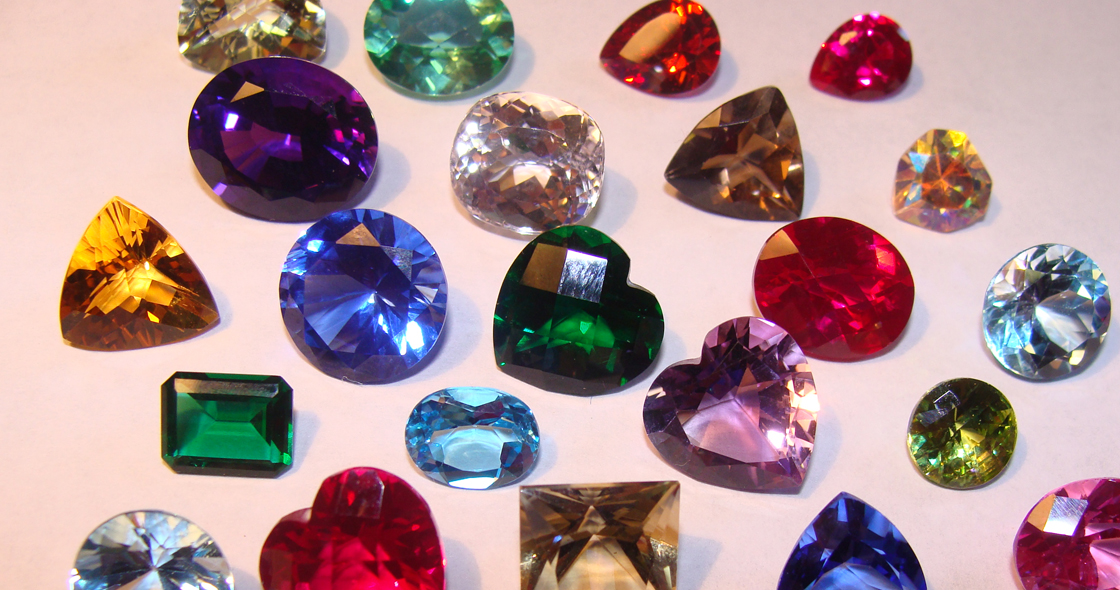What makes Precious Gemstones more Valuable than Semi-precious Gems? Leave a comment
Many people can value the gloss of precious gems, yet there’s no precluding that the world from claiming fine jewellery is shrouded in a riddle — and regularly perplexity — with regards to jumping into the better details and attributes of gems. To help clean our understanding, we’ve tapped nearby jewellery expert; they clarify the classification of precious versus semi-precious gems.
Jewellery shoppers and devotees in Asia are known for their recognizing taste, yet craving for gem specimens that have inborn worth; and with gemstones being named either ‘precious’ or ‘semi-precious’, it has become a typical misinterpretation that the estimation of stone can be judged simply from its order.
I recollect superbly well when a customer once requested that I investigate a rich green gemstone. When I disclosed to jewellery shoppers that it was a tsavorite garnet, they were shocked and asked, “Garnet? Isn’t that a semi-precious stone?” For those of you who may not realize that garnets come in green, a top-quality regular tsavorite garnet displays a soaked and striking green shading that opponent the best emeralds, and is quite often a cleaner gemstone.
The case of Technology
Traditionally, ruby, sapphire, emerald and diamond are hailed as precious gemstones, which were all found in old occasions and solely sourced in specific pieces of the world. Rubies, for instance, were uncovered as right on time as 600AD in Myanmar (cutting edge Burma). They are for the most part straightforward, or if nothing else semi-straightforward as roughs, managing them an optic intrigue that addressed rulers and heads. Wars were pursued, and armadas cruised crosswise overseas for the biggest and best of these gemstones. Envision the work and time costs required to recover one gemstone and you can understand that no customary individuals might lay hands on them. They were precious for their restrictiveness.
In an examination, a portion of the alleged semi-precious gemstones is generally ‘youthful’ to the gemological world, for example, alexandrite and kunzite, which were found in 1830 and 1902 individually. In the twentieth century, portability and headway in science enable us to overview landscapes methodically for gemstone assets and to boost removal yield.
Rarity and Demand
In the event that we attempt to characterize the word ‘precious’ today with regards to gemstones, we may take a gander at it rather in an unexpected way. Two significant deciding variables are rarity and demand. Rarity is identified with supply; demand has to do with the information.
We should take the case of amethyst, which was utilized on embellishments as right on time as 2000BCE. It might stun a long way to go that gem-quality amethysts were considered as valuable as rubies up till the 1800s. Another source was then uncovered in South America, Brazil to be accurate, which has been providing the world with a copious measure of this purple quartz from that point forward. The bounty of amethyst in huge sizes these days legitimately places it in the ‘semi-precious’ class. They are regularly found on commercial jewellery for ordinary wear.
The Collector’s Stones
Regardless of whether the stockpile is low, it doesn’t really make a gemstone ‘precious’, in any event not in the money related sense. Normally, if without a doubt, not very many individuals think about a specific gemstone, only they can’t drive a diamond for the stone. There is no market, hence no customary exchanges, and along these lines no obvious worth reference for this situation. A genuine model is a gem-quality grandidierite that we sold recently. Make a few inquiries, and my best theory is most gemmologists should Google it.
Transparent and facetted grandidierite is uncommon to the point that the restricted existing models weigh less than 1 carat in the wake of forming. This stone isn’t just profoundly strange, its constrained and conflicting inventory can’t in any way, shape or form fuel taste and interest for it. A similar sort of gemstone might be viewed as very ‘precious’ in the hover of gatherers or authorities and not as much as ‘semi-precious’ for the general crowd. We will in general favour the term ‘collector’s stones’ the point at which we portray common gemstones that don’t happen inadequate amount for a more extensive market, however, are uncommon instances of remarkable quality and subsequently amazingly collectable.
Quality over Type
For the overall population, it is constantly simpler to get a handle on the off chance that we align the value of a gemstone by its cost. Notwithstanding, an astute purchaser ought to consistently hold up under as a main priority that to characterize a gemstone’s fairly estimated worth, the quality assumes a more significant job than its species; to such an extent that on the off chance that we contrast two unique kinds of gemstones and similar weight, an unremarkable ruby doesn’t generally cost as much as an extremely fine red spinel, and the tsavorite garnet I referenced before has a heftier price tag than a usual commercial quality emerald.


